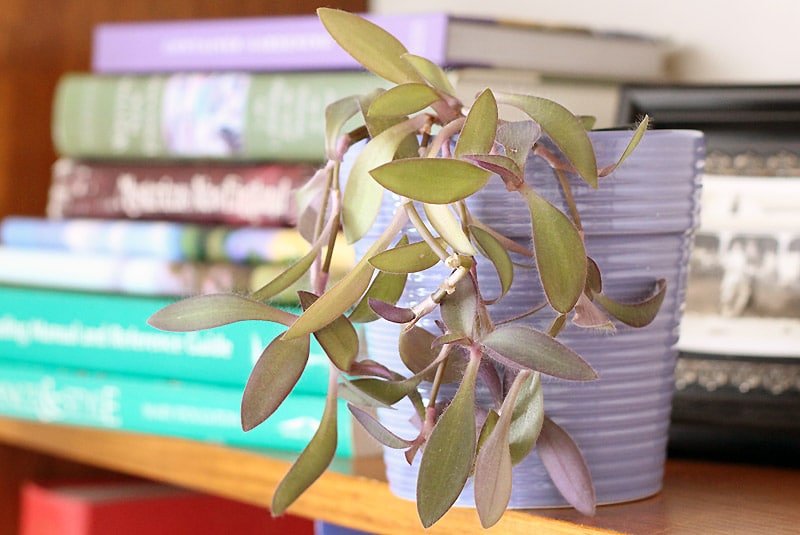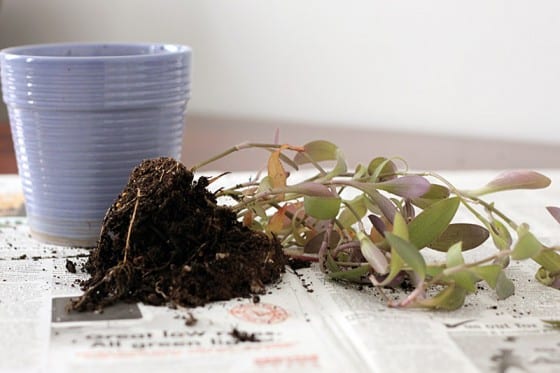Gardens
How to Repot Houseplants | Transfer Plants into Larger Containers
Knowing how to repot houseplants is a skill that should be in every green thumb’s repertoire. It’s an easy way to keep your plants healthy and thriving.

Coffee By Design | Portland, Maine
Photo Credit : Katherine Keenan
Photo Credit : Brenda Darroch
Supplies Needed to Repot Houseplants
- A pot with drainage holes that is at least 1/3 larger on all sides than the root ball of the plant
- Small pruning tool or scissors
- Clean potting soil mix

Photo Credit : Brenda Darroch
Instructions to Repot Houseplants
- Moisten the soil in the pot of the plant that is to be re-potted and gently remove the plant from the current container.
- Use a small pruning tool or sharp scissors to snip any roots that may be tangled and sticking out through the drainage holes. Avoid over snipping.
- Loosen the root ball by shaking it gently and using your fingers in a tickling motion to separate tightly clumped roots, being careful to not damage the roots in the process.
- Line the new container bottom with a layer of clean potting mix approximately 3 inches deep.
- Place the plant in the new container and fill the sides of the container with potting mix. Sprinkle an inch or so of potting mix on the top of the root ball and lightly water the plant.








Hi! What kind of plant is that in the pictures? I have one and don’t know what it is!
I believe it’s a Tradescantia pallida, also known as Purple Heart or Wandering Jew.